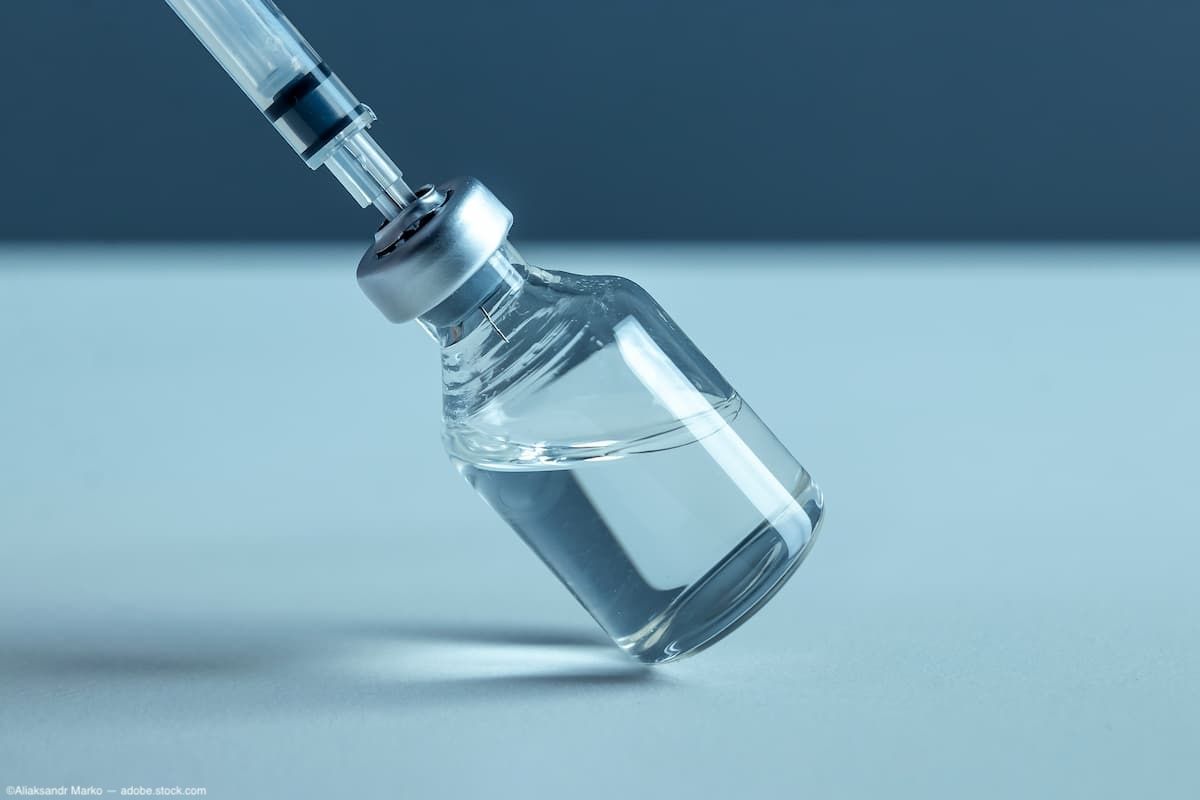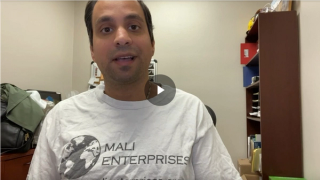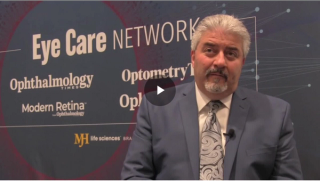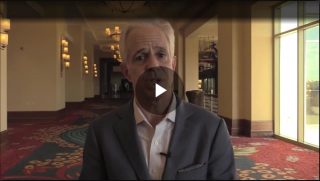
AMD
Latest News
Latest Videos

CME Content
More News

Researchers from the Case Western Reserve University School of Medicine and the Cole Eye Institute have found that supplement melatonin could be linked to a decreased risk of age-related macular degeneration.

Injection-free subgroup results demonstrated that a single intravitreal dose of 4D-150 without any supplemental anti-VEGF injections resulted in stable mean visual acuity that was equal to or higher than the standard bimonthly aflibercept control group at all 6 time points through Week 24.

The primary endpoint for the ReNEW and ReGAIN trials is the rate of change in the macular area of photoreceptor loss assessed by spectral domain-optical coherence tomography (SD-OTC) and ellipsoid zone mapping at week 48.

The IND approval will allow the company to initiate a Phase I/IIa clinical trial for its gene therapy treatment targeting wet Age-related Macular Degeneration (AMD) including Polypoidal Choroidal Vasculopathy (PCV).
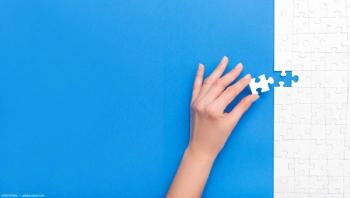
According to the company, its Phase 3 program enrolled 1,984 patients across COAST and ShORe trials. Topline data from both pivotal trials are expected in 2025.

Investigators undertook a secondary analysis of the effects of long-term, low-dose aspirin in over 3,000 older adults who satisfied the inclusion criteria in the Aspirin in Reducing Events in the Elderly–AMD (ASPREE-AMD) study.

The agency approved Yesafili (Biocon Biologics) and Opuviz (Samsung Bioepis, Biogen) as biosimilars to Eylea (Regeneron Pharmaceuticals).

The submission for bevacizumab gamma (ONS-5010/LYTENAVA) follows a positive opinion from the CHMP in March.

Dr. Marion Munk examines the Phase 2/3 clinical trial of high-dose aflibercept (8 mg) in diabetic macular oedema, presenting key outcomes and clinical implications of the data.

Dr. Marion Munk reviews the Phase 3 clinical trial of high-dose aflibercept (8 mg) in neovascular AMD, emphasizing how this new therapy could alleviate the treatment burden for patients while providing superior outcomes.

The program will use OCT images to identify and monitor AMD in its early stages.


The SAB additions include Usha Chakravarthy, MBBS, PhD; Allen Ho, MD, FACS, FASRS, and Frank Holz, MD, FEBO, FAVO.
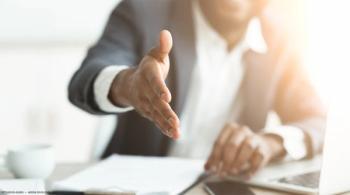

Experts conclude the series with the hope that longer-acting agents will lead to better real-world outcomes for patients, mirroring clinical trial results and potentially preventing vision loss, especially in countries with limited access to healthcare.

Experts discusses concerns related to the use of new agents, focusing on intraocular inflammation (IOI) and potential batch variations in biologics faricimab and aflibercept. He emphasizes close monitoring for IOI and advises clinicians to scrutinize patients for any signs of inflammation during follow-up visits.

Peter Kaiser, MD shares his early experiences with faricimab and high dose aflibercept for nAMD and DME. He notes positive outcomes, especially with hard-to-treat patients, and emphasizes the ongoing evaluation of patient response to treatment.
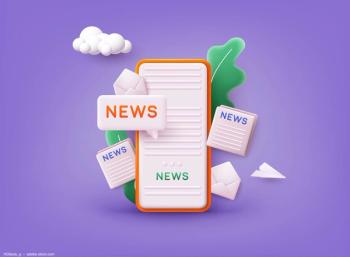
Age-related macular degeneration continues to be a key development area for many pharmaceutical companies as the work to develop new treatment options and present data in the first few months of the year.
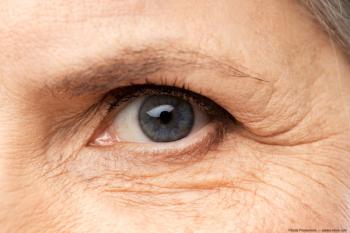
Research around the globe is working not only to develop treatments for AMD, but also to determine risk factors for the disease to help prevent future cases.

Peter Kaiser, MD discusses the utilization of newer agents, faricimab and high dose aflibercept, for refractory patients who haven't responded well to previous treatments and for patients doing well but aiming to extend dosing intervals.

Experts discuss the use of steroids, particularly in the context of diabetic macular edema (DME). The inflammatory nature of DME reveals the effectiveness of steroids, especially in cases where persistent fluid remains despite anti-VEGF treatment.
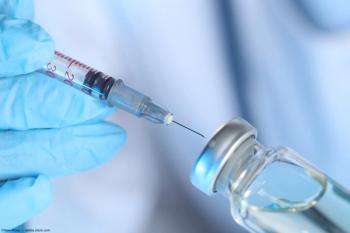
The European Commission is expected to make a decision about the application before the end of June.

The prevalence of AMD features in Republic of Korea Air Force pilots was higher than in other general populations studied.

David Eichenbaum, MD, FASRS concludes this series with the final case of a treatment-experienced patient switching from aflibercept 2 mg to high-dose aflibercept 8 mg with noticeable improvement after the first dose.

David Eichenbaum, MD, FASRS provides his clinical experience with faricimab and aflibercept 8 mg, highlighting the small and large changes that benefit a patient’s quality of life, such as improved visual anatomy or reducing the frequency of visits.


